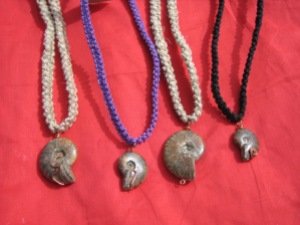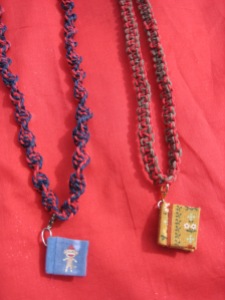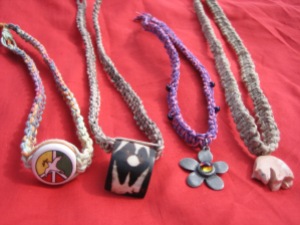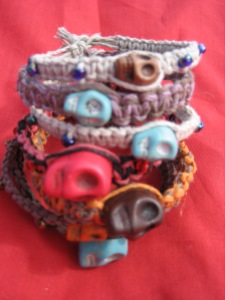
In the fall of 2019, I found myself in Taos, NM. I tried to park in a parking lot, but my vehicle was just too big for the tiny spaces. I made the block and found a parking spot in front of SOMOS. It was a metered parking space, but I wasn’t going to be long, so I fished a few coins from my pocket to drop in the slot.
SOMOS bills itself as “a place for words in Taos, New Mexico.” The letters in the acronym stand for the “Society of the Muse of the Southwest.” The History section of the group’s About page explains,
…literature has played a prominent role in the area’s rich cultural landscape. As the literary arts flourished, the need for formal community support became apparent, which ultimately led to the nonprofit incorporation of SOMOS…in 1983.
Since then, we have expanded into our present role as a respected literary resource center whose outreach extends to the greater community of Northern New Mexico— and beyond. Our live readings, workshops, conferences, and festivals not only showcase accomplished writers but also encourage creativity in novice writers from all walks of life.
The group’s aforementioned About page says,
[o]ur space has a large room that doubles as a book store and a salon for literary gatherings, two separate classrooms, a ten-space parking lot in back, and lots of on-street parking out front.

I’d never been inside SOMOS, and unfortunately that day I didn’t have time to stop in. My plan was to hop out of my vehicle, drop a few coins in the meter, run my errand, and be on my way. Imagine my delight when, upon stepping toward the parking meter, I saw a Little Free Library in front of the SOMOS building. I certainly had to take a few moments to check out the little library and take a few photos for documentation.
If you haven’t read my past posts about Little Free Libraries (LFLs) I’ve visited in Los Gatos, CA; Santa Fe, NM; Flagstaff, AZ; Phoenix, AZ; Mesa, AZ; and even others in Taos, NM, you may not know anything about these manifestations of gift economy.
The Little Free Library organization calls itself the “world’s largest book-sharing movement!” The group’s website says the “Little Free Library Sharing Network [is] 90,000 Little Free Libraries strong!”

On the group’s Who We Are webpage, we learn
Little Free Library is a nonprofit organization that inspires a love of reading, builds community, and sparks creativity by fostering neighborhood book exchanges around the world.
Through Little Free Library book exchanges, millions of books are exchanged each year, profoundly increasing access to books for readers of all ages and backgrounds.
Not everyone believes all of the above assertions to be true. In the 2017 article “Against Little Free Libraries,” author Kriston Capps outlines the case Canadian librarians made against the Little Free Library organization in an article for the Journal of Radical Librarianship. The main critiques are that registered Little Free Libraries
predominantly appear in medium-to-high-income neighborhoods,..are distributed almost exclusively in neighborhoods where 25 percent or more residents have university degrees, [and]…sprout where public library branches are plentiful and where neighborhoods are white.
In reality, these librarian researchers only studied two Canadian cities, Toronto and Calgary.
“Despite the fact that we’ve just done a case study of two Canadian cities that are probably not entirely representative of the locations of Little Free Libraries across the world, they did raise and confirm our suspicions toward the organization,” Hale [one of the librarian researchers] says.

While I know many Little Free Libraries are located in front of residences, several of the ones I have encountered were in totally public areas. In Taos County, I’ve visited registered Little Free Libraries in front of a medical center, the town recreation center, and the community well in a rural area. In Phoenix, I saw a Little Free Library on Grand Avenue in an artsy, commercial district.
Another book-sharing option is what I call “renegade” Little Free Libraries. The sharing box I discovered in the Santa Fe dog park was labeled “free little library,” not “Little Free Library” and did not have a charter number. While the library in the Mesa, AZ pocket park was labeled “Little Free Library,” it did not seem to be registered with the Little Free Library organization. What I at first thought was a registered LFL in Heritage Square in Flagstaff, AZ sported a sign calling it a “Little Library” and did not have a charter number.
In the October 2019 Publisher’s Weekly article “Little Free Library, Founder’s Family Clash Over Organization’s Direction” author Claire Kirch reports the Little Free Library
organization filed three separate applications for new trademarks with the U.S. Patent Office regarding the term, ‘Little Free Library,’ used in connection with the words, ‘wooden boxes with a storage area for books,’ and ‘signs, non-luminous and non-mechanical, of metal,’ and ‘guest books and rubber stamps.’
The article goes on to share the point of view of Greig Metzger, the executive director of the Little Free Library organization.
Metzger explains that LFL works with like-minded nonprofits all over the world to advance literacy, and that it provides support for those who want to ‘go their own way” and not register their box with LFL, even providing instructions for those who want to construct their own book boxes rather than purchase them from the organization.
But, he adds, LFL does not condone for-profit businesses…making money off of the concept by selling products using the LFL trademark.
In any case, the Little Free Library outside of SOMOS has no reason to worry because it is registered with charter number 42532. It’s decorated with ravens, a bird seen often in Northern New Mexico, and the flowers and mountains of the region. I love its bright colors.
I didn’t take any books from this library, and unfortunately, I didn’t have any books with me to contribute. I’m glad to know there is another Little Free Library option, this one in the heart of the town of Taos.
I took the photos in this post.







































